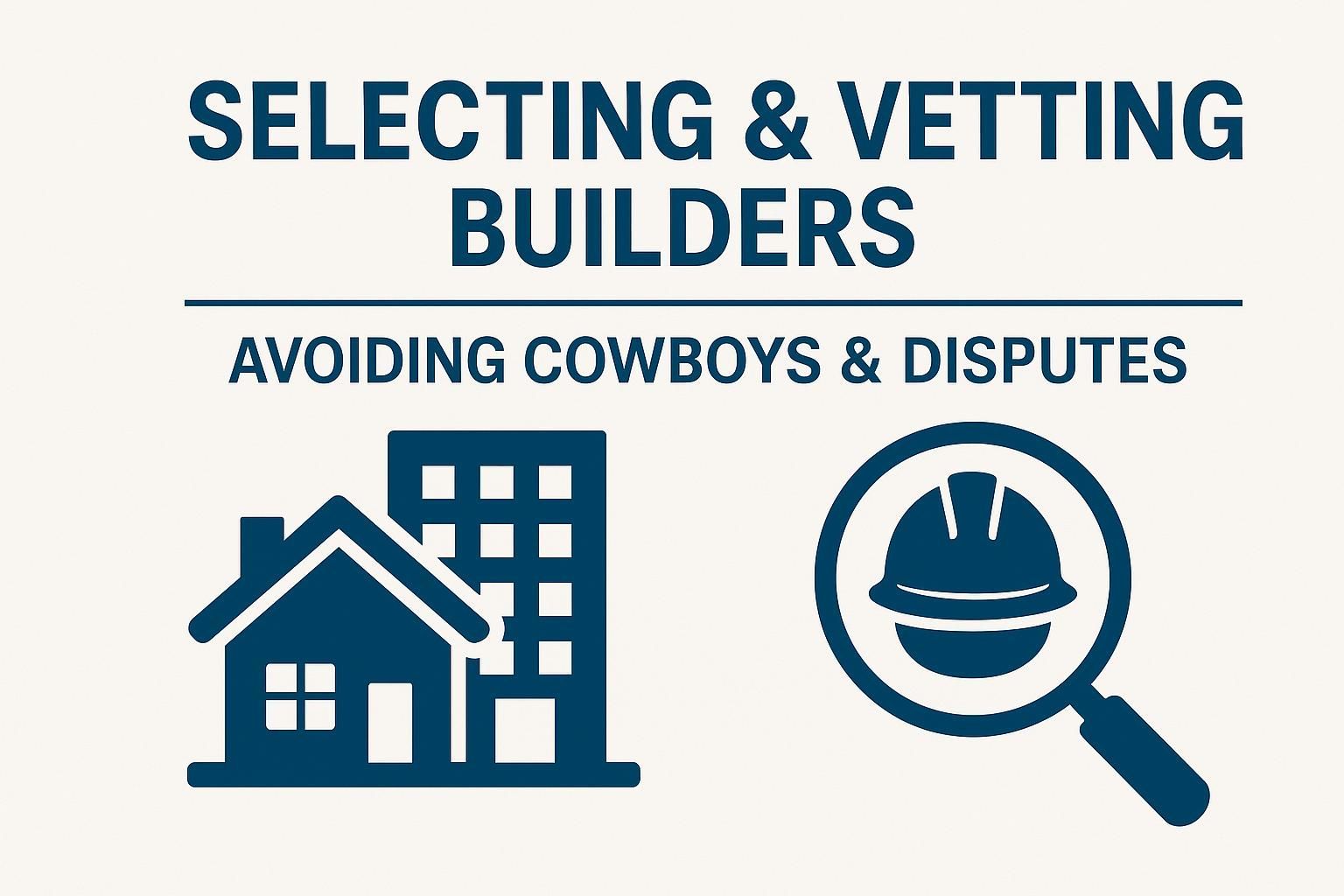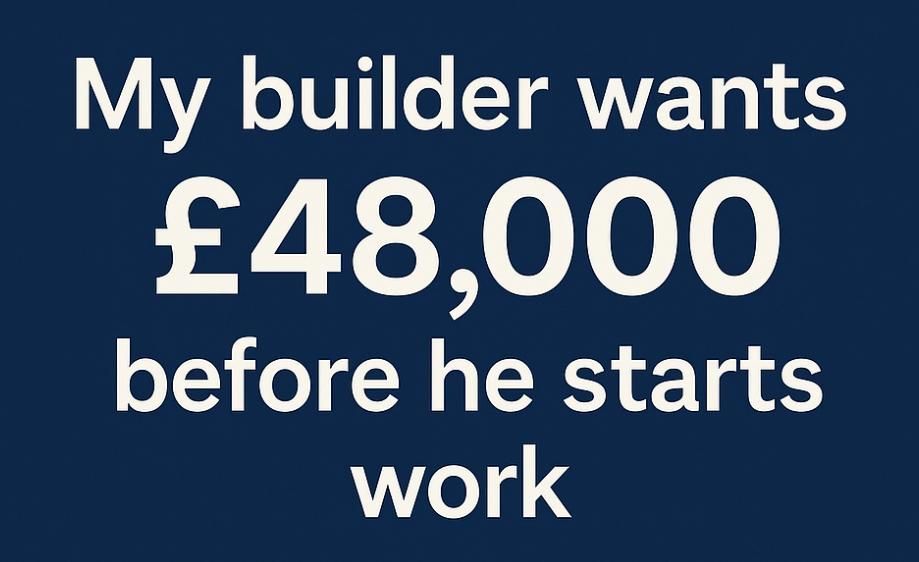Japanese Style Toilets
What are Japanese style toilets?
Japanese Style toilets
What are the attributes of Japanese style toilets?
Japanese style toilets, also known as washlets, are a type of toilet commonly found in Japan that feature a number of additional features beyond those found on a standard toilet. Some of these features include:
· Bidet functions: Many Japanese style toilets have a built-in bidet function, which allows users to clean themselves after using the toilet using water jets.
· Heated seat: Japanese style toilets often have a heated seat, which can be especially comfortable in cold weather.
· Automatic flushing: Many Japanese style toilets have an automatic flushing system, which can be triggered by a sensor or a button on the control panel.
· Automatic deodorization: Some Japanese style toilets have a system that automatically sprays a deodorizing agent into the bowl after each use to help eliminate odors.
· Control panel: Japanese style toilets often have a control panel with buttons that allow the user to adjust the water temperature, pressure, and other settings for the bidet function.
· Night light: Some Japanese style toilets have a built-in night light, which can be helpful for finding the toilet in the dark.
· Soft close lid: Many Japanese style toilets have a soft close lid, which prevents the lid from slamming shut and making noise.
Are these available in the UK?
Washlets, are not as common in the UK as they are in Japan, but they are becoming more widely available. You can purchase washlets from a number of online retailers, as well as from some specialty bathroom showrooms and plumbing supply stores. It is worth noting that washlets are generally more expensive than standard toilets, and they may require additional plumbing work to install. You may also need to consider the size and layout of your bathroom, as washlets tend to be larger and may require more space than a standard toilet
Do these have any health benefits?
Washlets may offer some health benefits when compared to standard toilets. The bidet function, which allows users to clean themselves with water after using the toilet, can help to improve hygiene and reduce the risk of infection. Using a bidet can also help to reduce irritation and discomfort associated with certain medical conditions, such as hemorrhoids or yeast infections. In addition, the heated seat and warm water jet functions of washlets can be soothing and comforting, especially for people with sensitive skin.
It is worth noting that washlets should be used in conjunction with regular hand washing and good hygiene practices, as they do not completely eliminate the need to clean the hands after using the toilet. Washlets should also be properly maintained to ensure that they are functioning properly and providing a clean and hygienic experience.
Example:
The Geberit range is an example of a range available in the UKL. Details here: https://www.geberit-global.com/products/bathroom-products/geberit-aquaclean/
The Toto range is the premier brand in use in Japan and is also now available in the UK. Details here: https://eu.toto.com/en/washlet



